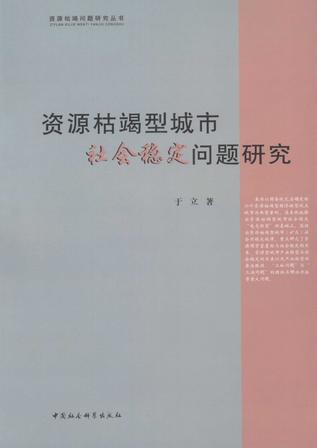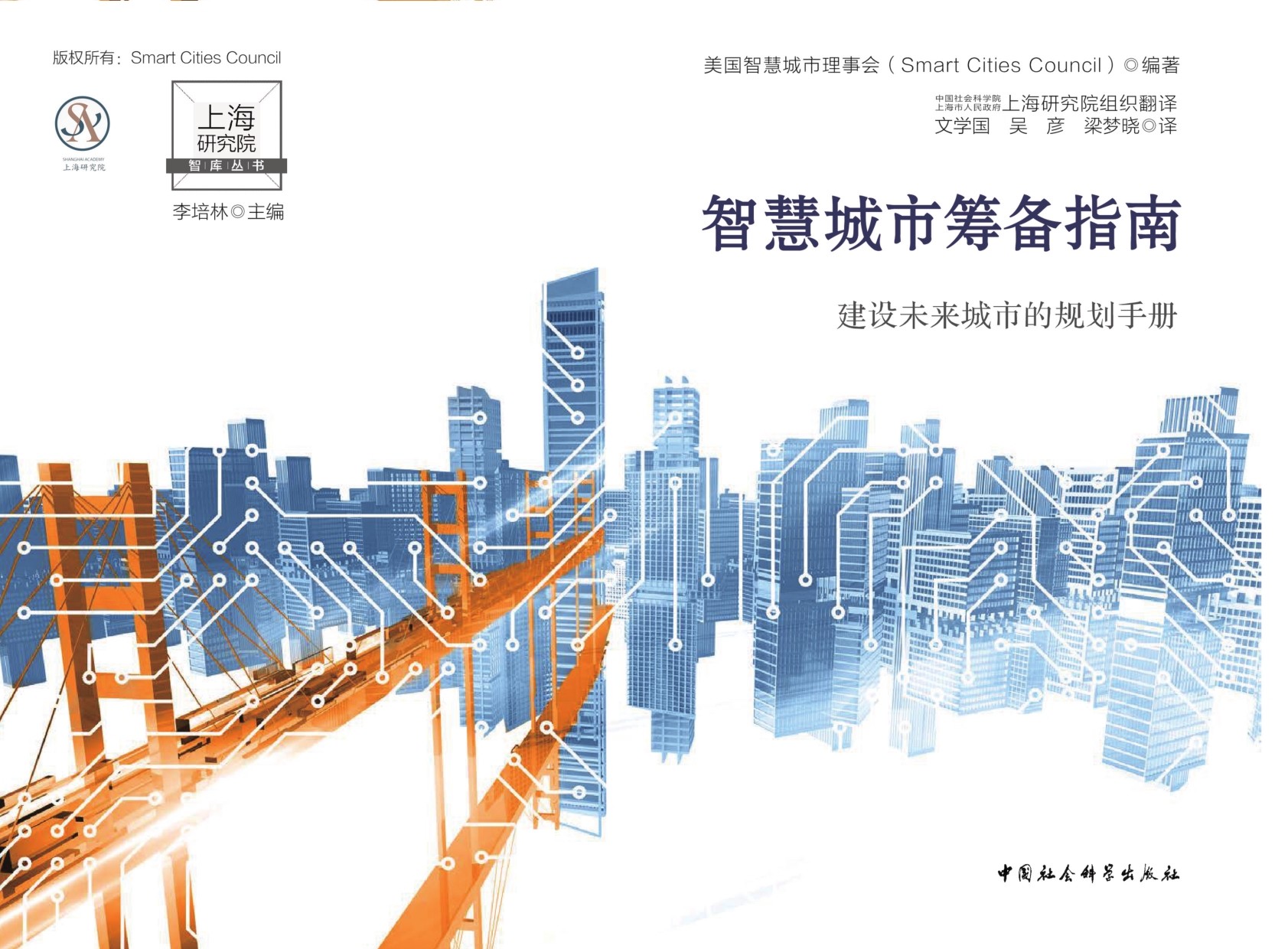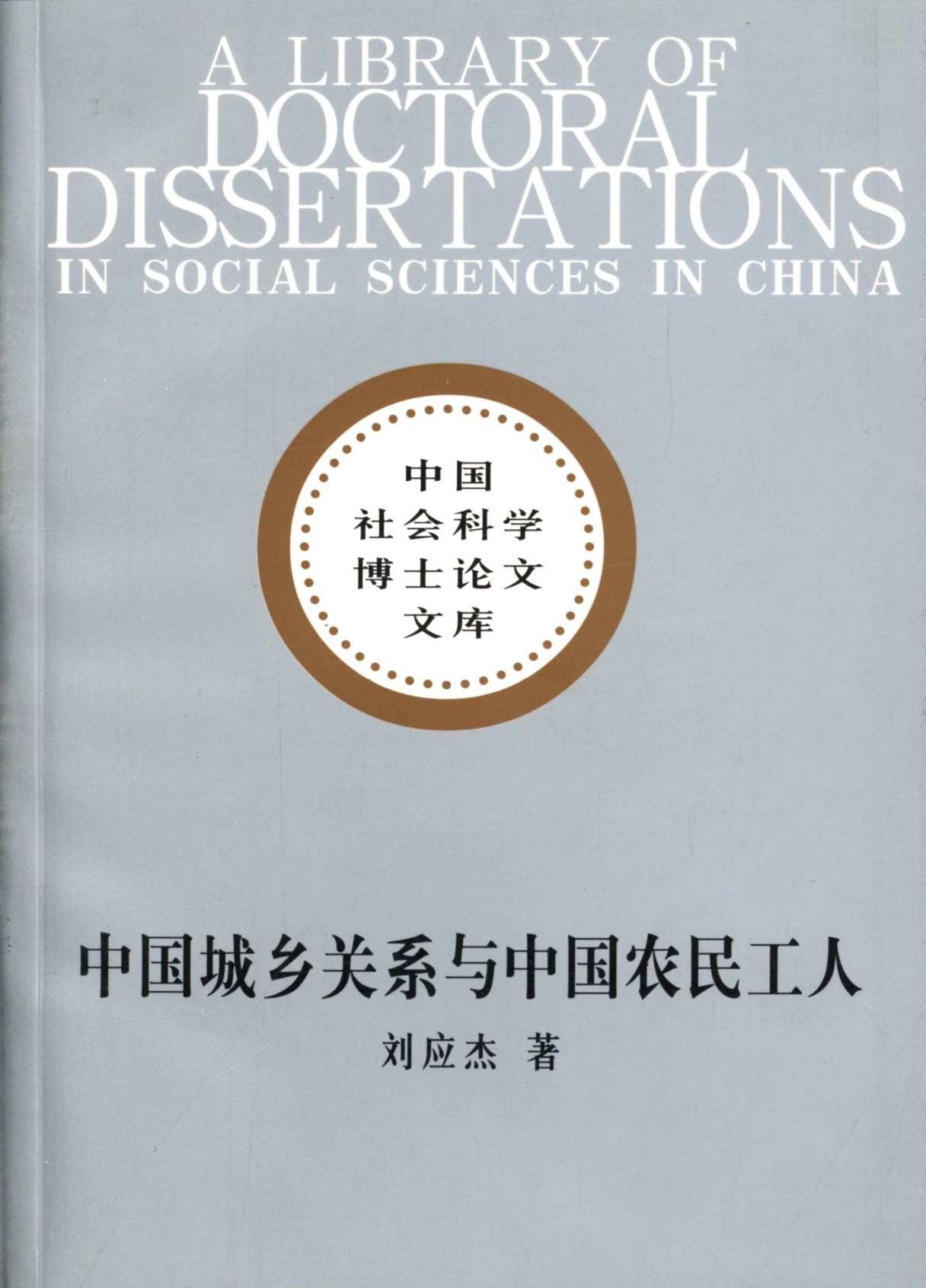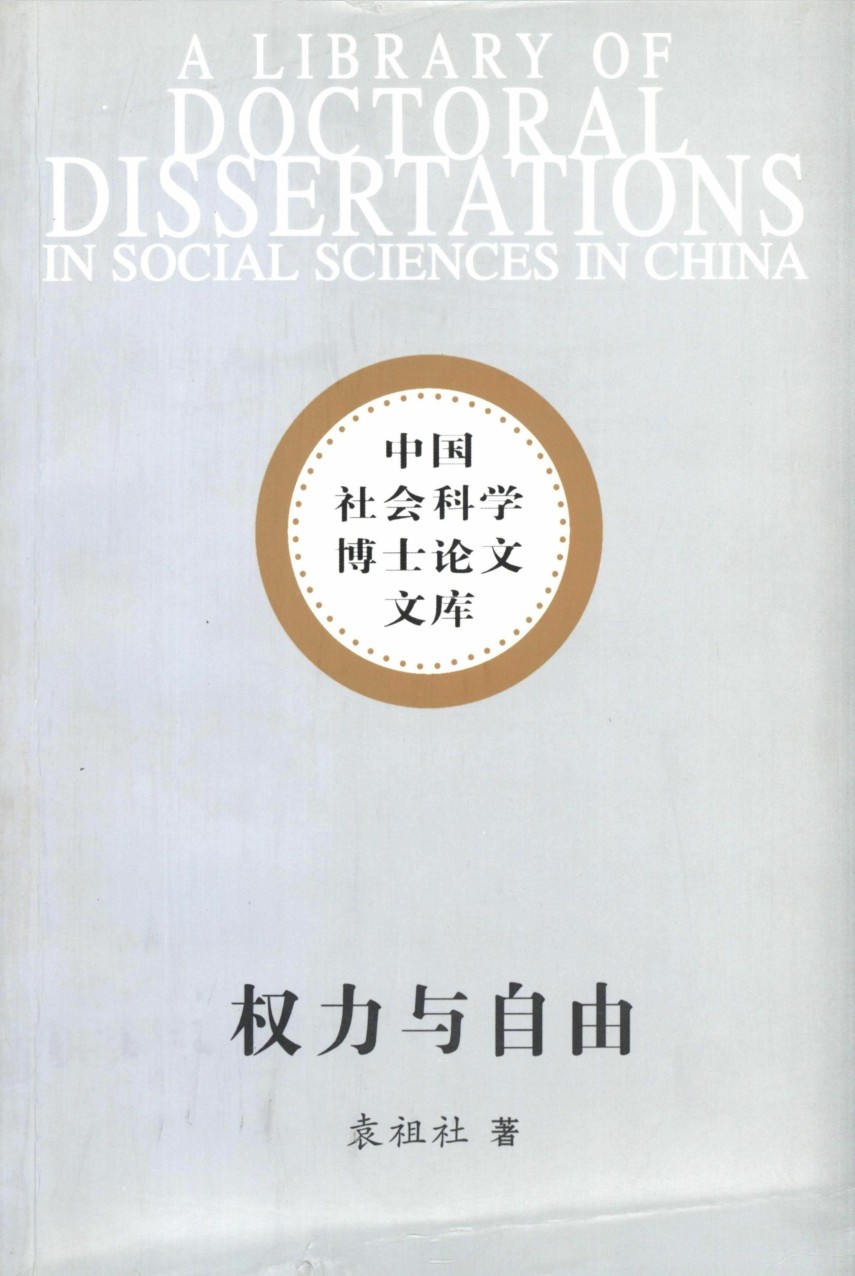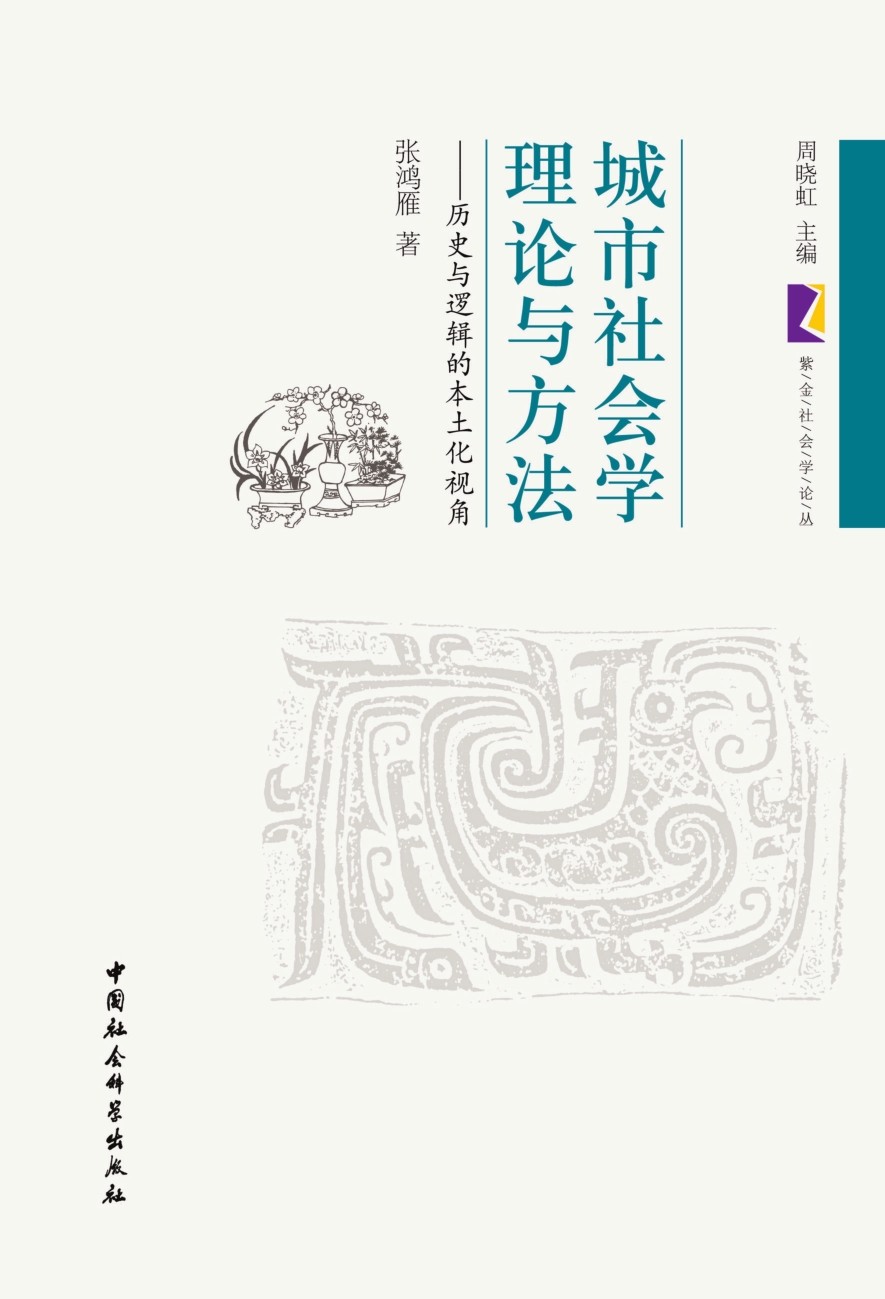内容简介
作者简介
目录
Most of the existing researches for community focus on observing,describing and analysing the content and structure of the local life and try to reflect the holistic social situation as well as problems.In this field,the questions are:how does the community appear?How do the independent persons get together and become a community?By using the dichotomies conceptions of Tonnies,questions can be expressed as how the strange,indifferent,distrustful and unattached persons build up the acquaint,concerned,trustful and reliant relationship with each other.Therefore,this book aims to reveal the procedure and dynamic of community making.How the society is possible,or in other words,how to build a community by social interaction,is the problem proposed by Georg Simmel.However,his formal sociology merely answered “how to know the society is possible” from the epistemology rather than the specific interpersonal action and society making.This book,by analysing the practice of commercial residential enclave,tries to illustrate how a real community is constructed during the daily life.Further more,the longitude investigation provides the temporal variation to supplement the atemporal analysis of Simmel.Besides the special environment of metropolis and commercial residential enclaves,this book also refers to the actor-network-theory of Latour to emphasize the the subjectivity of the actors,which deal with Simmel’s antinomy in methodology.In general,the emergence of social connection within commercial residential enclave contains three stages:burgeon,correlation and reorganization.In the early period,the strange residents take some occasional interaction with certain concern such as the property management.Gradually,quasi-colleague,friend and neighbours take shape and become the three main connection types.With the expansion of interpersonal action,some special events relevant to the whole community promote the association amorg those existed different connections.Being mobilized by several big events,most of the residents have connected to the community network through variety of sub-connection.Nevertheless,the relations between those nodes are far from static.The rupture and reorganization happen at any time according to the change of situation.With the procedure analysis,I argued that the community life of commercial residential enclave in metropolis have the following features:pragmatism,segmental interaction,the inter-promotion between cyber space and reality,and the invisible intervention from the state.And the neighbouring dynamic of such commercial residential enclave includes:the catalysis of special space,the formalization of occasional interaction,the purposive action for collective attachment and memory,and the pursue to legitimate.Based on that,this study,arguing with Durkheim and Simmel,tries to summarise the dynamic,type and development tendency of social connection.Generally speaking,the connection caused by instrumental needs tends to be organisational and bureaucratic,while the connection promoted by inter-subjectivity emphasised the emotional engagement.In the real life,however,all kinds of social connections develop in different space at the same time.And they are likely to be adjusted according to the specific situation.Grounded on the case study of Fangya Garden,I do not vote for the hypothesis that the high speed urbanization will lead to the decline of community life.Meanwhile,I would like to stress the dual identification of commercial residential enclave:the herald of civil society and the governance unit of the state.This character brings us to reconsider the governance model of commercial residential enclaves.Key Words:Community,Commercial Residential Enclave,Neighbouring,Social Connection,Process Analysis
全部显示∨
吴莹,1983年生,中国社会科学院社会发展战略研究院副研究员,硕士生导师。2009年获北京大学社会学傅士学位。主要研究方向为社区发展与基层治理、城市化问题与住房政策。代表性论文有《基层社会中“看得见”和“看不见”的国家》《保障性住房的住户满意度和影响因素分析》和“TheConstructive Significance of Homeowners’Rightful Protest in China”等。
全部显示∨
摘要
Abstract
第一章 导论一 问题的提出(一)“前社区”的问题
(二)研究的意义
二 研究背景(一)社会交往的基本形式
(二)大都市的社会交往
(三)如何发现联结
(四)商品房小区:新型城市空间
四 研究框架
第二章 商品房小区:空间特征与行动主体一 商品房小区的出现(一)城市住房的商品化进程
(二)商品房小区的制度设计:联结的必要性
二 行动主体(一)有房阶级
(二)中国的业主们:主体、背景和倾向
三 当代城市的社区生活(一)城市人的社区意识
(二)城市基层转型:从单位大院到商品房小区
四 个案概况(一)个案选择
(二)小区概况
(三)业主特征
第三章 多中心式生发一 物业问题的凝聚力(一)业主论坛上的声音
(二)从虚拟到现实
二 个人魅力的感召(一)时势造英雄
(二)赵兵的朋友们
三 公共空间的纽带作用(一)花园晨语
(二)4号楼大厅
四 讨论与小结(一)以利益为第一动力
(二)卡理斯玛的独特作用
(三)以生活为业
第四章 事件过程中的粘连三 讨论与小结(一)危机性动员
(二)制造共同体
(三)国家的参与
第五章 情境中的断裂与重组一 驱逐居委会(一)老年俱乐部的新生
(二)矛盾激化
(三)协商与再定位
二 反污染运动(一)抗议工厂
(二)游说政府
(三)起诉威胁
三 讨论与小结(一)利益分歧中的关系重组
(二)集体行动中的策略调整
第六章 商品房小区的邻里化进程一 商品房小区社区生活的特点(一)实用主义原则
(二)片断化参与
(三)以互联网为基础的公众舆论
(四)看不见的国家
二 小区邻里化的动力机制(一)特定空间的场所精神
(二)社会互动的形式化
(三)集体行动的认知建构
(四)合法性原则的要求
三 作为社区发育要素的社会联结(一)生发:工具性、类型化与多中心
(二)趋势:进化、形式化VS情境化
四 网络时代的社区发育(一)新的可能性
(二)网络中的社会交往
第七章 进一步的讨论一 小区的命运:失落的社区?
二 重建:走向市民社会抑或治理单元
三 进一步的研究
参考文献
附录
后记


